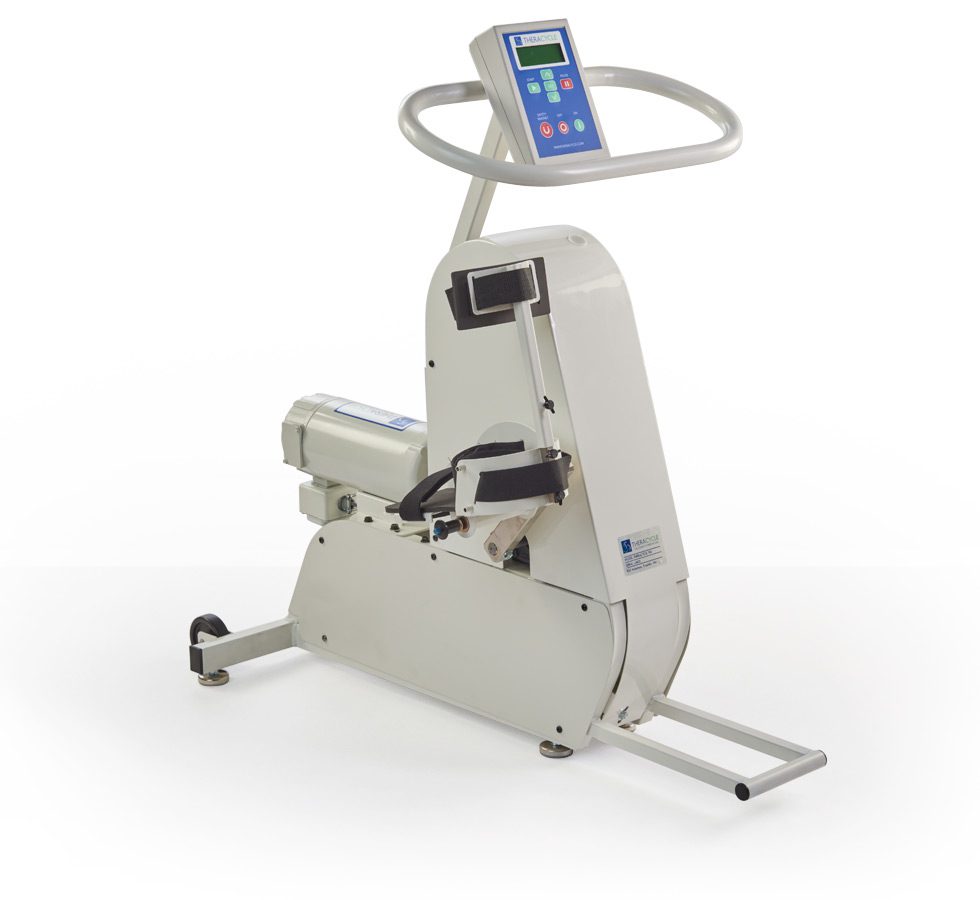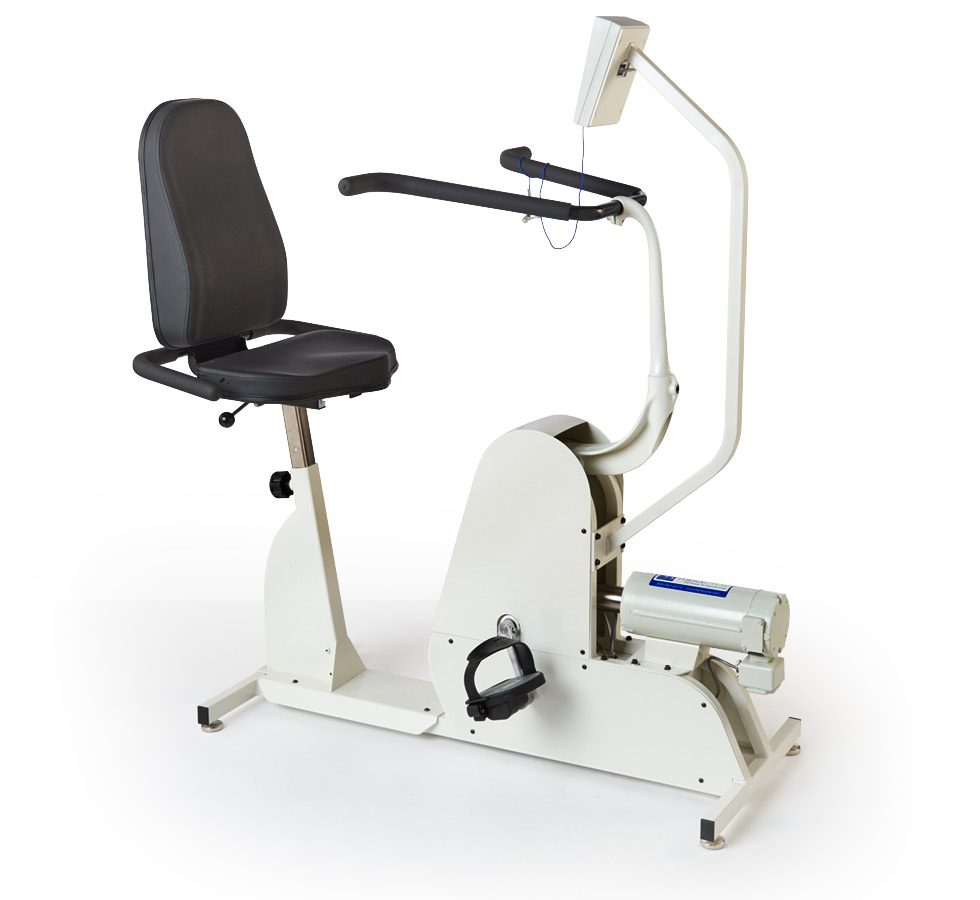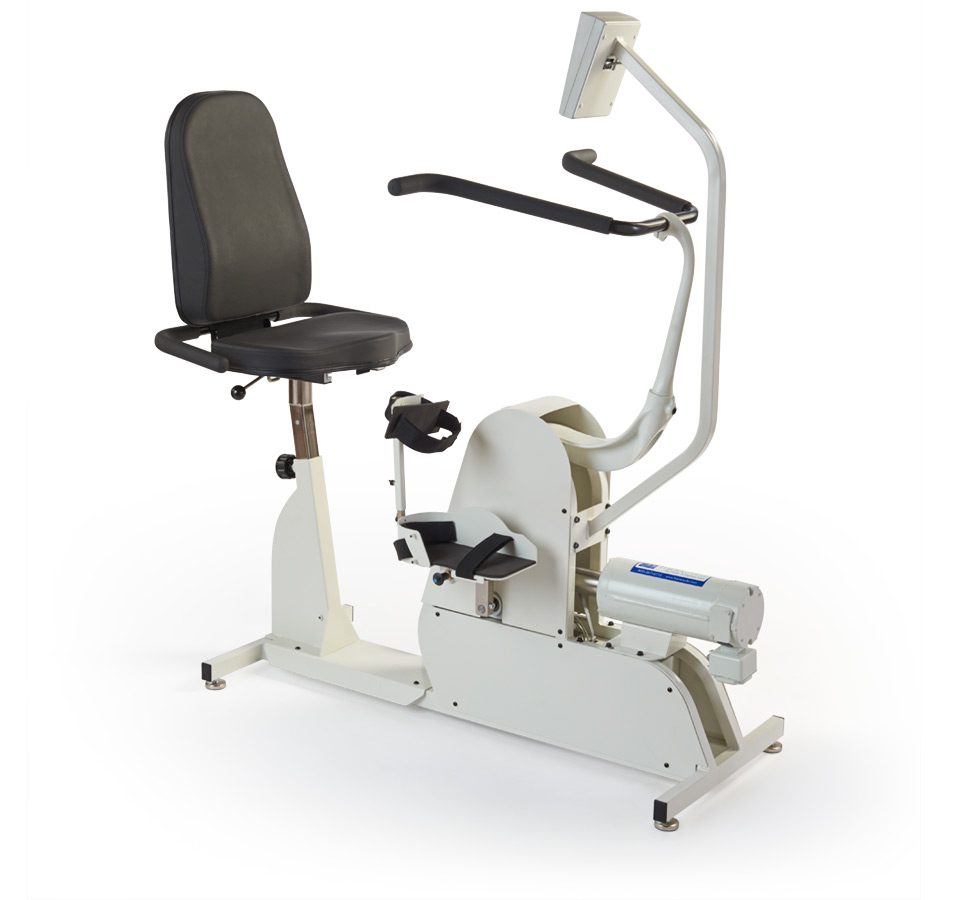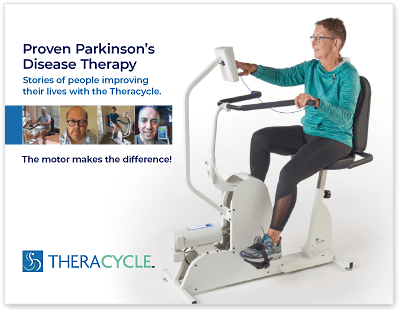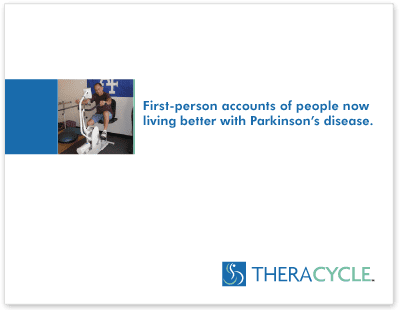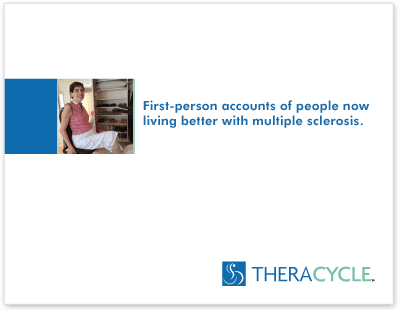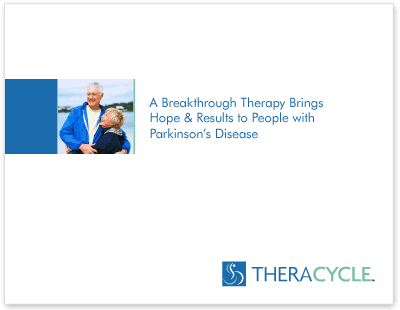- ›
- Conditions
- ›
- Theracycle & Stroke
- ›
- Stroke Signs & Symptoms
Stroke Signs & Symptoms
FAST Stroke Symptom Recognition
| F | Face: Is one side of the face drooping down? |
| A | Arm: Can the person raise both arms? |
| S | Speech: Is speech slurred or confusing; is the person unable to speak? |
| T | Time: Time is critical. Call 911 immediately. |
According to The U.S. National Institute of Neurological Disorders and Stroke (NINDS), there are the five major signs of a stroke:
- Sudden numbness or weakness of the face (may cause drooling), arm or leg, especially on one side of the body (unilateral stroke symptoms)
- Sudden confusion, trouble speaking or understanding
- Sudden trouble seeing in one or both eyes
- Sudden trouble walking, dizziness, loss of balance or coordination
- Sudden, severe headache with no known cause (Note: most types of strokes are not associated with a headache)
Stroke signs and symptoms usually begin suddenly, and may continue over a period of seconds to minutes. The signs of a stroke in most cases will not progress further; the injury to the brain depends on which area of the brain has been affected. The more areas of the brain that are affected, the more extensive one’s function loss may be. Some types of strokes may cause other stroke symptoms, such as with an intracranial hemorrhage. This type of hemorrhagic stroke may involve the injured area of the brain to compress on other structures. Mini strokes or transient ischemic attacks may not display any symptoms, but damage can still occur within the brain tissue. These TIA strokes are sometimes called “silent strokes.” The loss of voluntary movement and/or sensation may be complete or partial. There may an associated tingling sensation in the affected area when experiencing symptoms of a stroke.
Atypical Stroke Symptoms for Women
Men are at a higher risk for strokes, but more stroke deaths occur in women (Source: NINDS). Stroke research has proved that women experience unique stroke symptoms that may delay diagnosis, which prevents women from receiving immediate treatment within the necessary timeframe. Stroke symptoms for women are sometimes so different from the classic warning signs of a stroke that the doctor may misdiagnose these signs and associate them to another health problem. These atypical or non-traditional stroke symptoms are also observed in men, but the percentage is higher for women. A delay in diagnosing strokes for women will cause a delay in treatment, which can be very fatal. It is important to recognize the uncommon signs of stroke in women so that immediate treatment may be administered in order to save the patient’s life. The stroke symptoms for women include:
- Shortness of Breath: Breathing problems are usually considered as a symptom that is related to a heart or lung problem; therefore, this stroke symptom may mislead the doctor into a diagnosis as well as a delay in treatment.
- Seizures: Seizure is a usually a rare stroke symptom that is caused due to improper brain function.
- Fainting: It can be called as one of the most irregular or difficult to diagnose stroke symptoms for women. This symptom is a result of miscommunication in the brain due to its dysfunction.
- Unconsciousness: This stroke symptom complicates the diagnosis process since the woman is not in state to be assessed for the common stroke signs and symptoms.
- Fatigue
- Chest Pain
- Coordination Problem
- Hiccups
- Nausea
- Pain (arms, legs, face)
If your doctor has discussed the need for stroke recovery exercises to increase flexibility, energy, and leg strength, consider purchasing Theracycle to receive similar benefits that other Theracycle users have experienced while exercising during their stroke recovery.
« Return to Benefits of the Theracycle Exercise Bicycle for Stroke Patients
Disclaimer:
The above information is a compilation of several external sources such as Wikipedia and other stroke educational sources. Please consult your doctor or a stroke specialist for more detailed information about stroke signs and symptoms.




